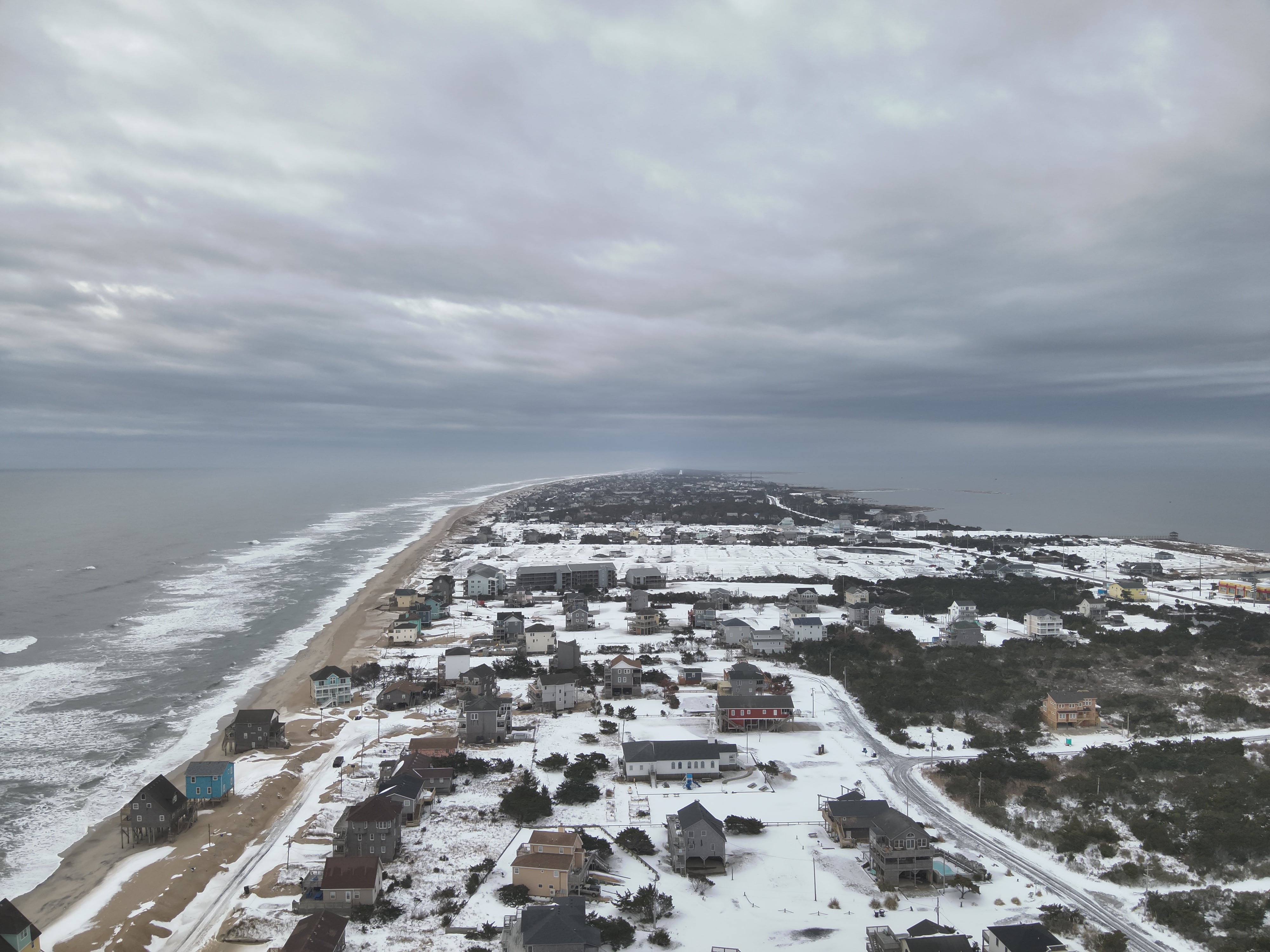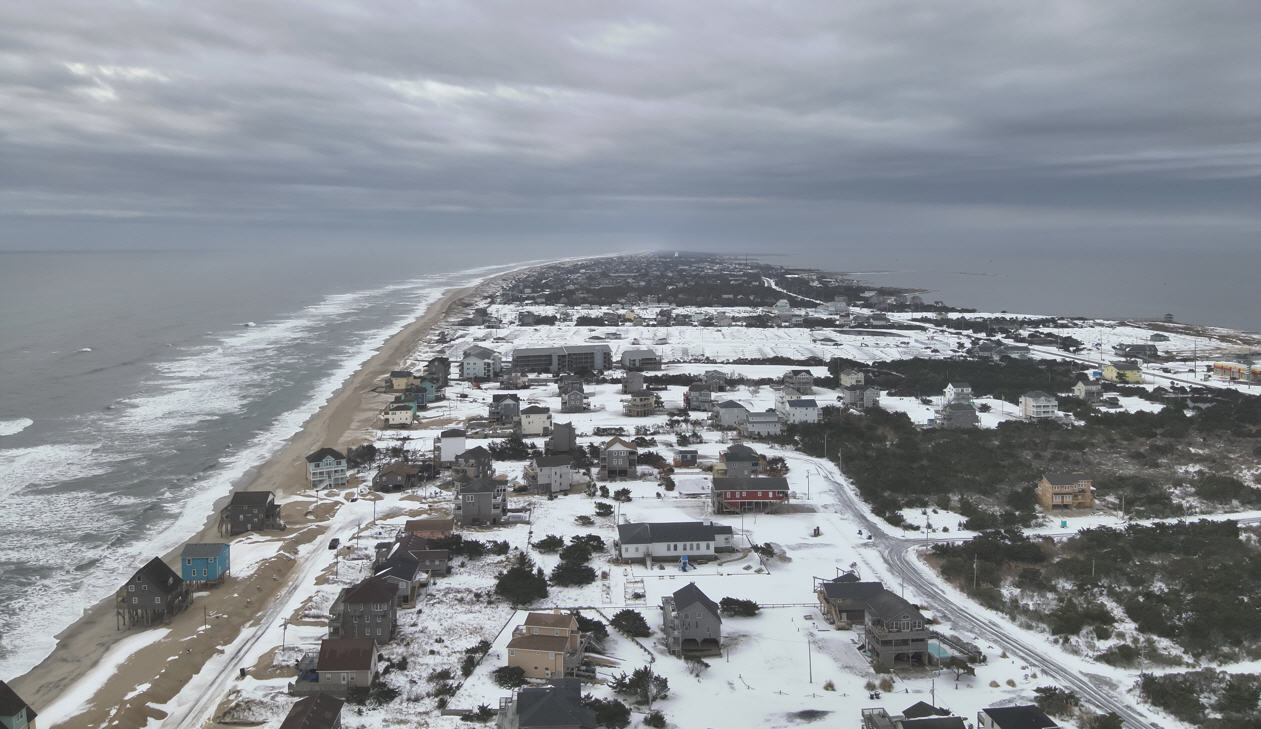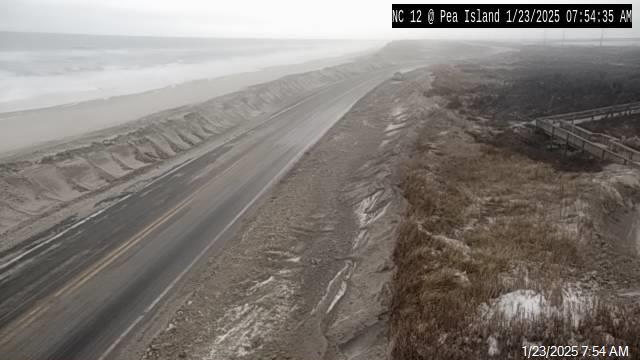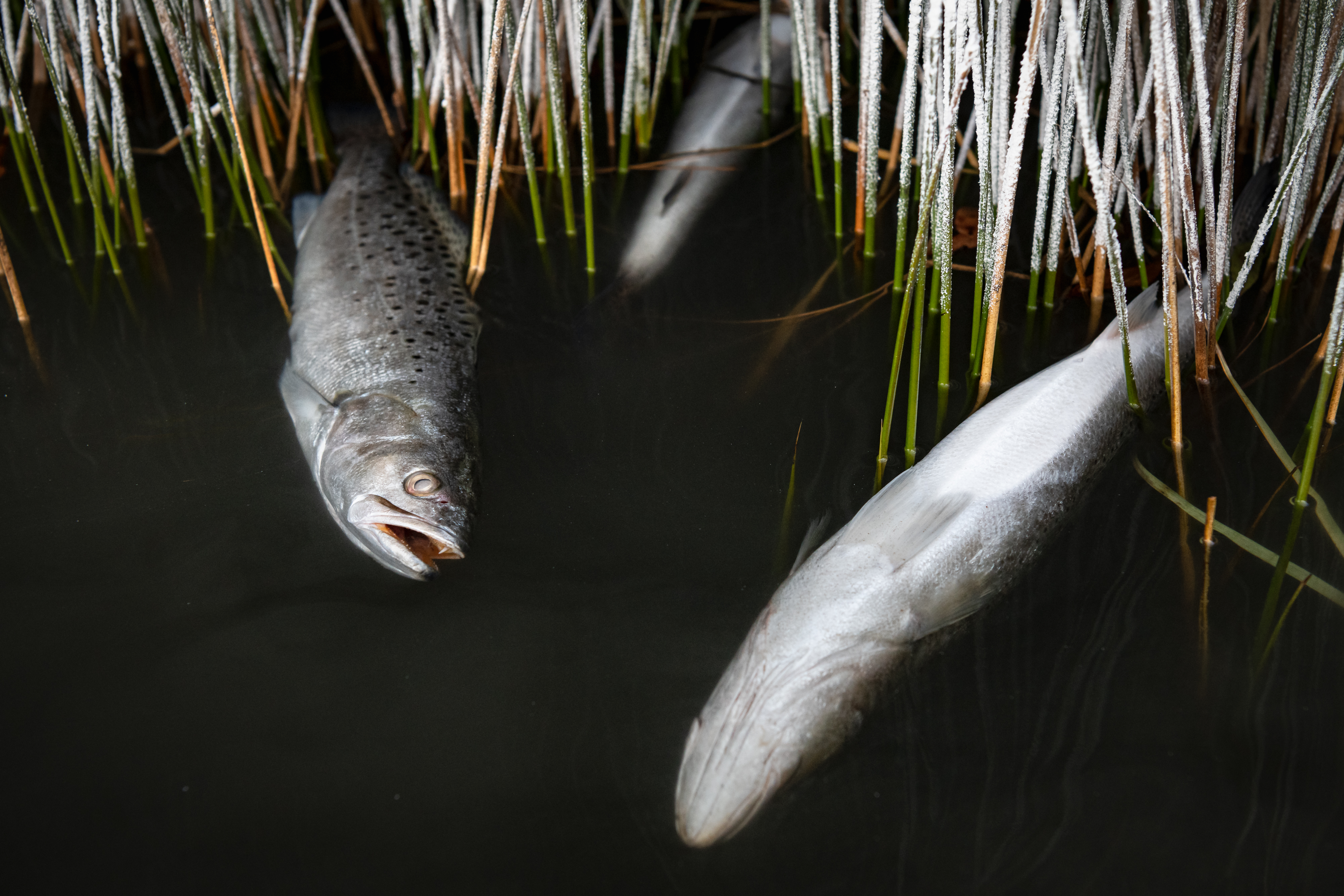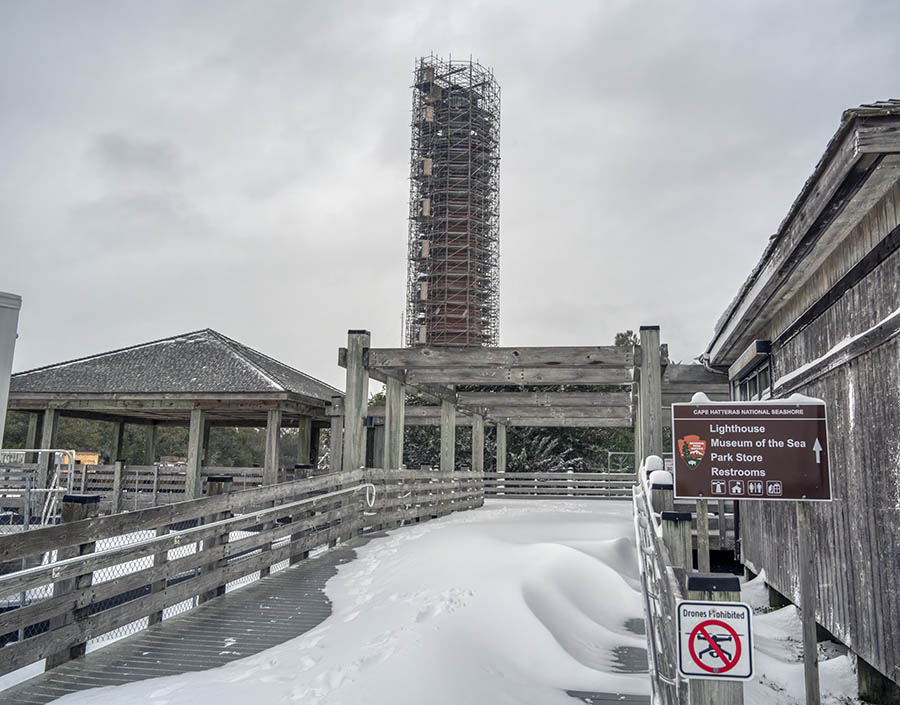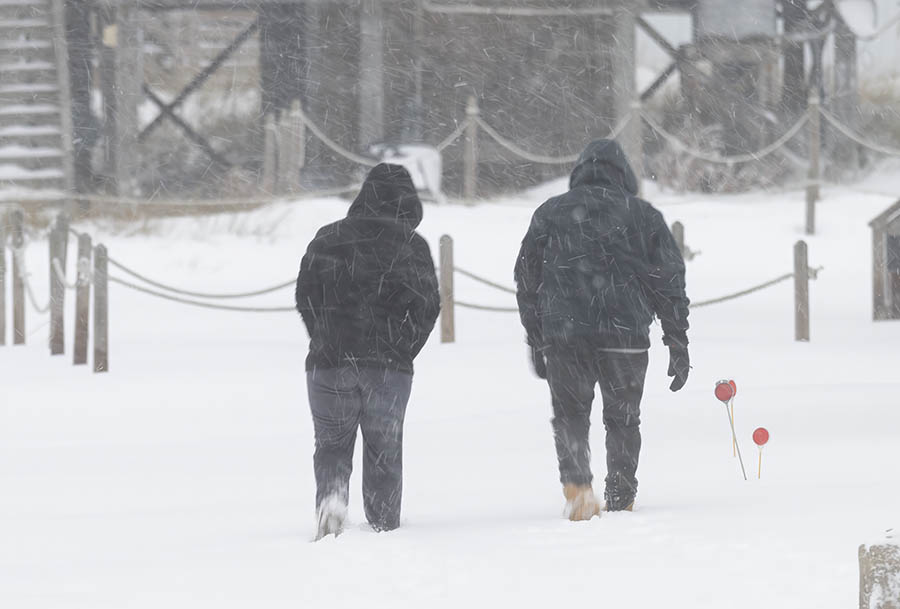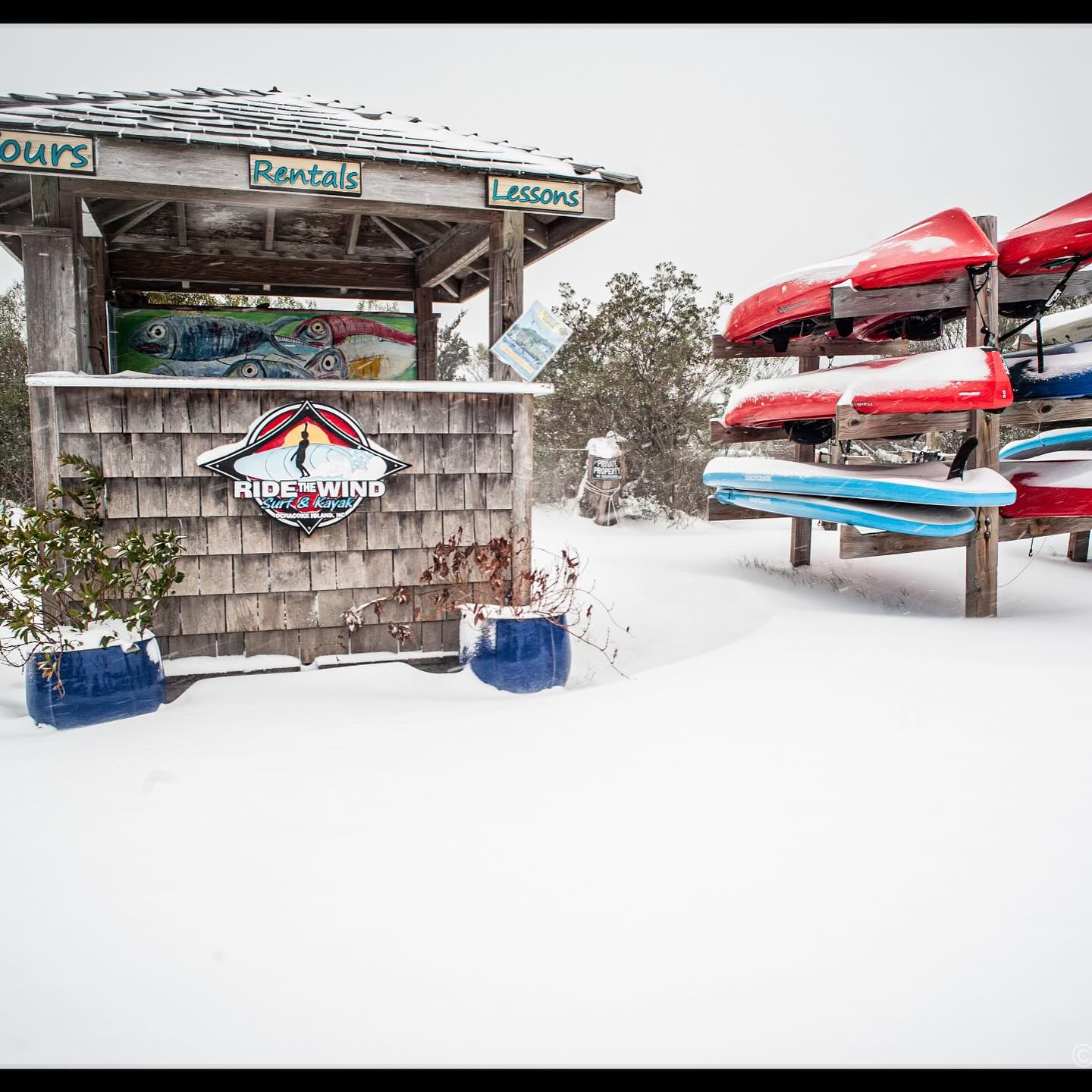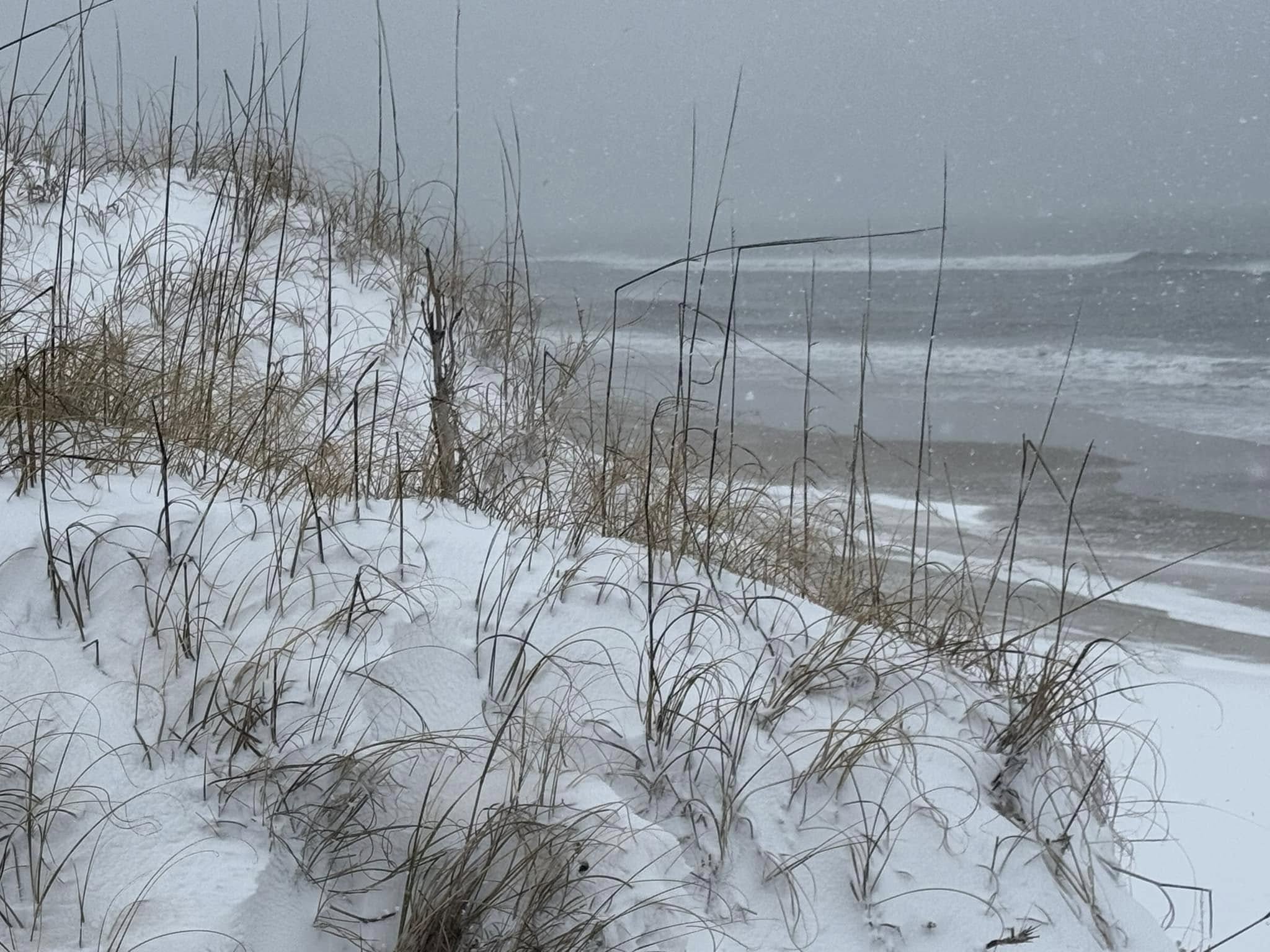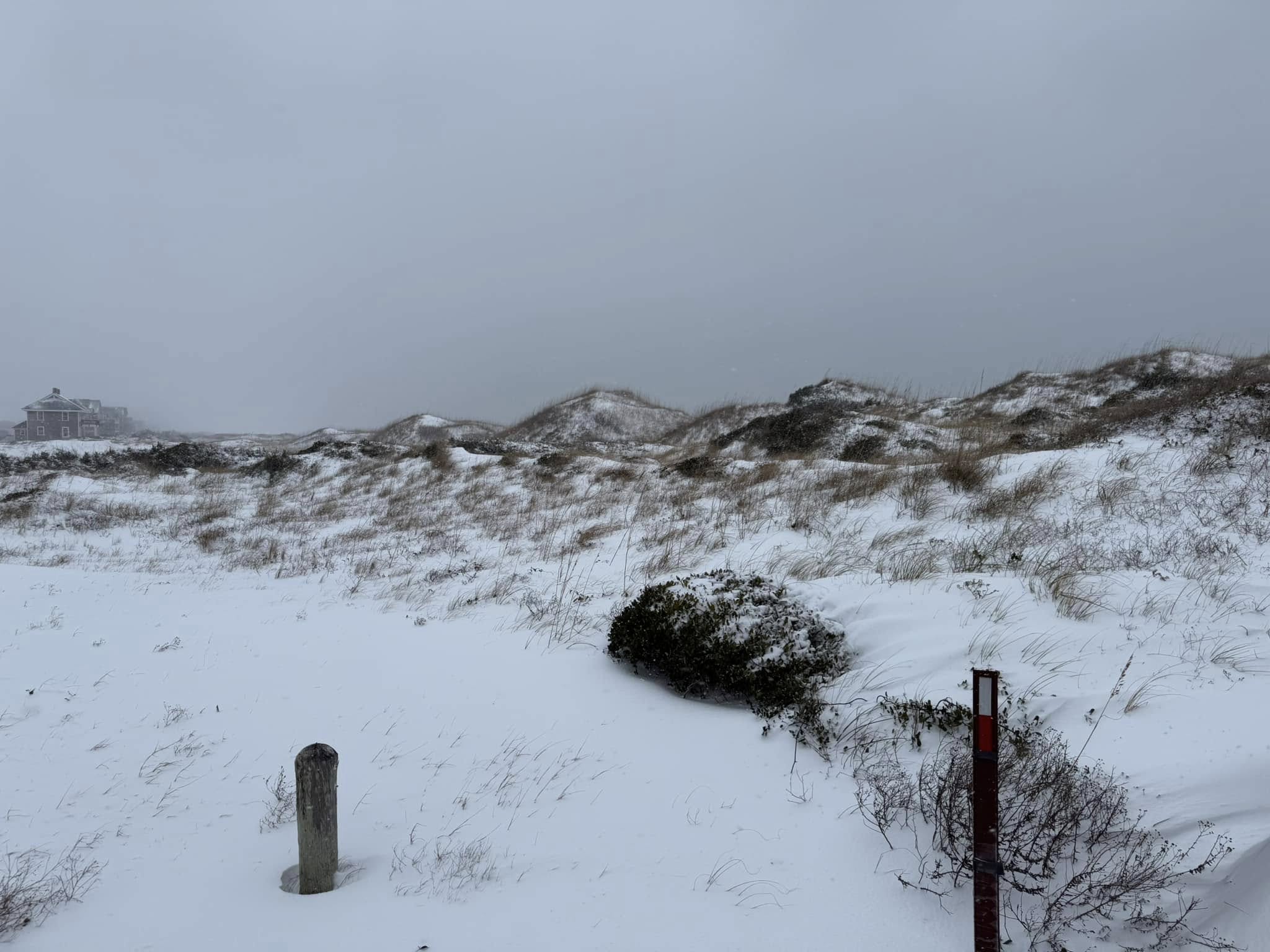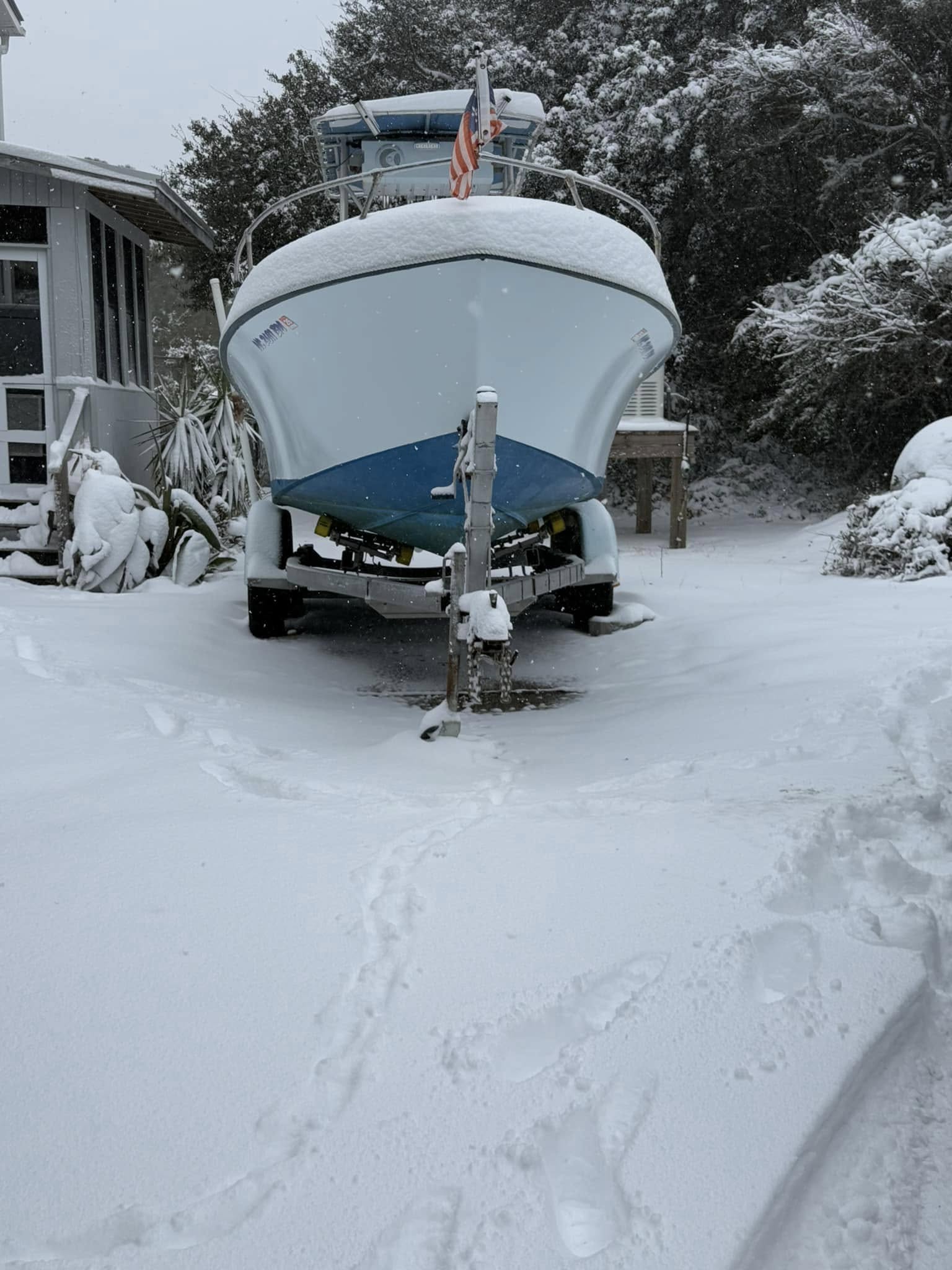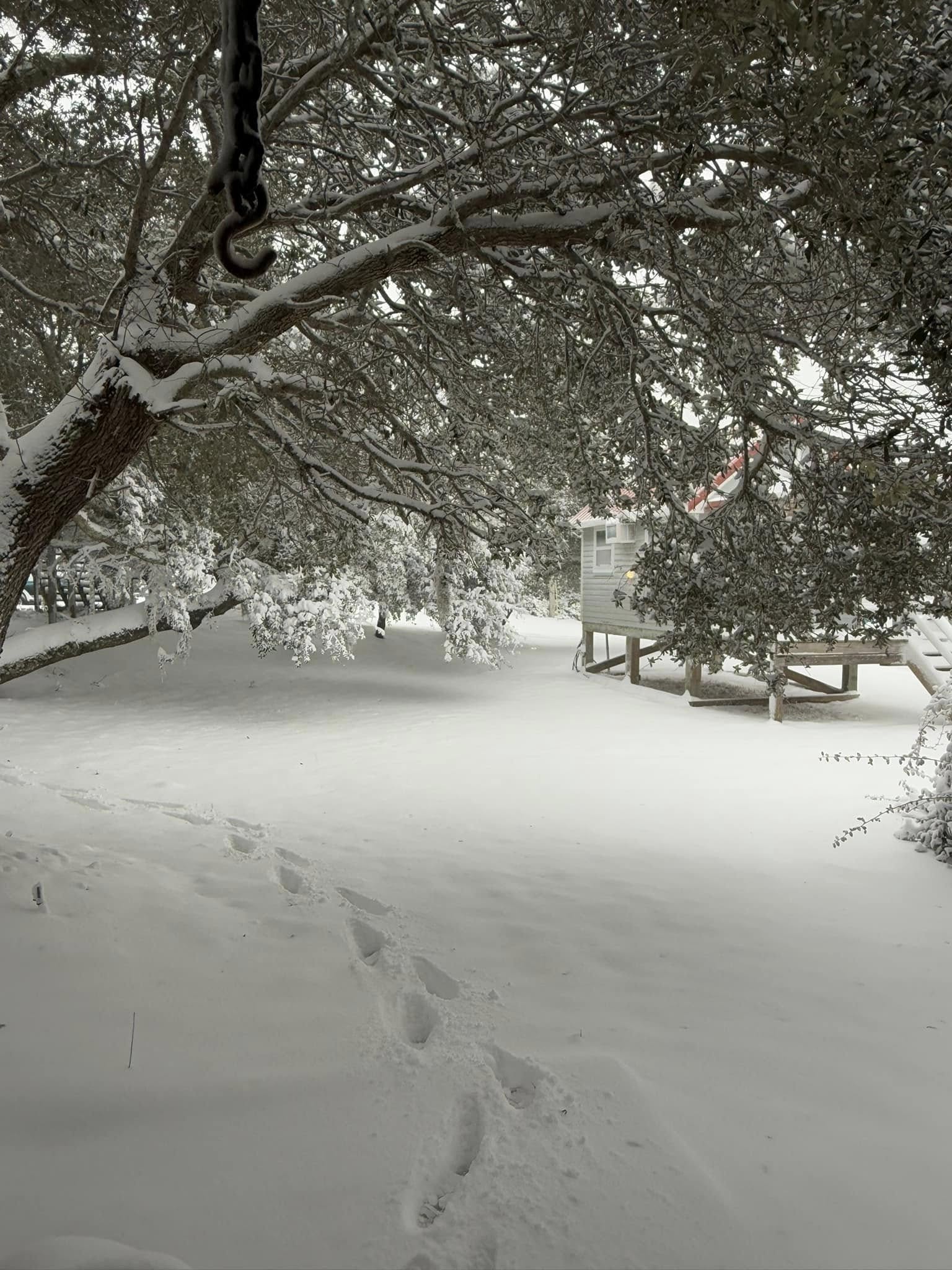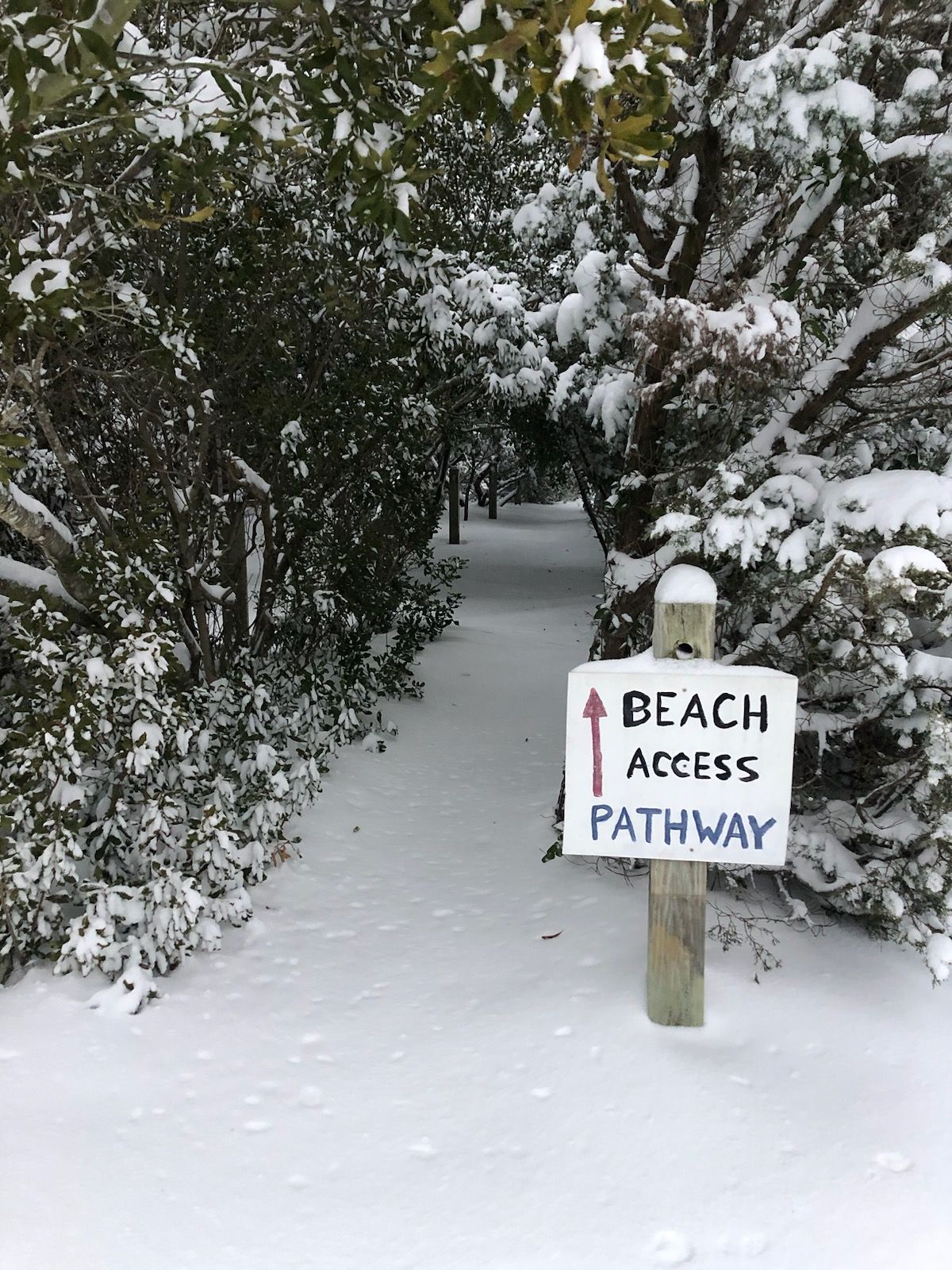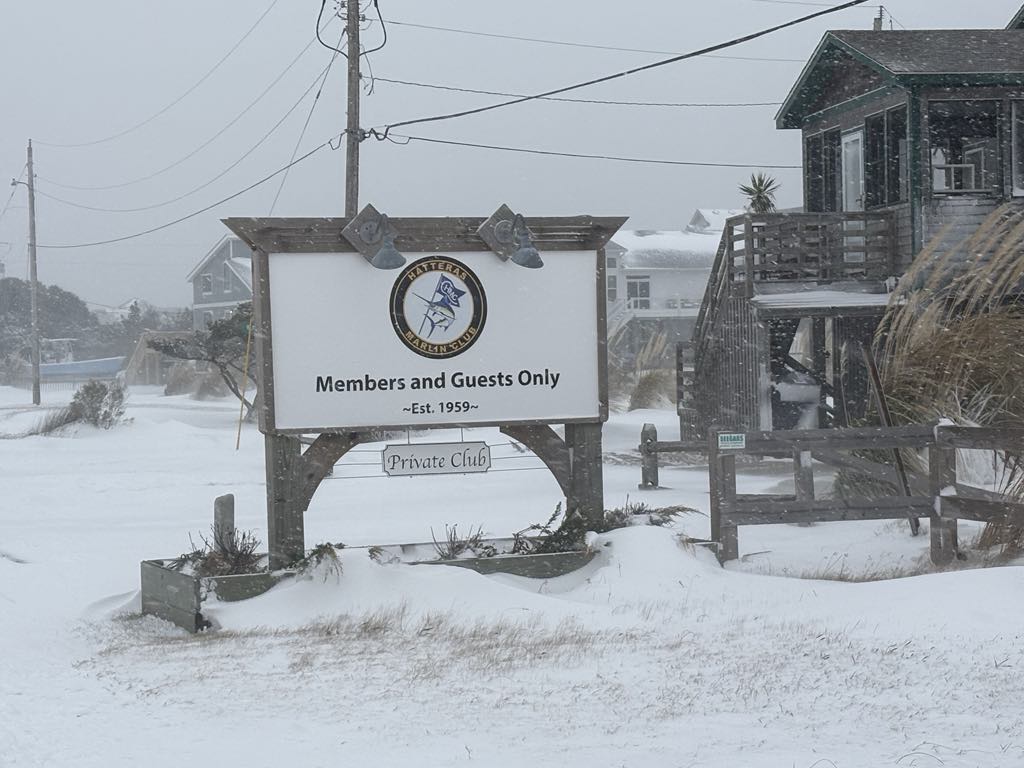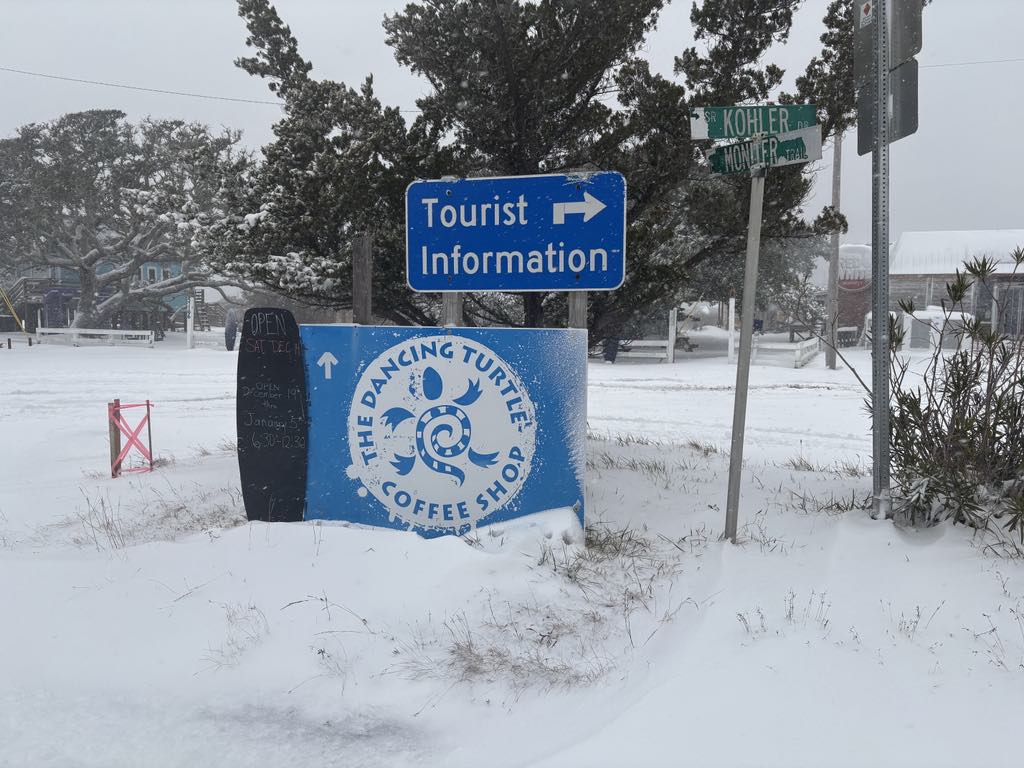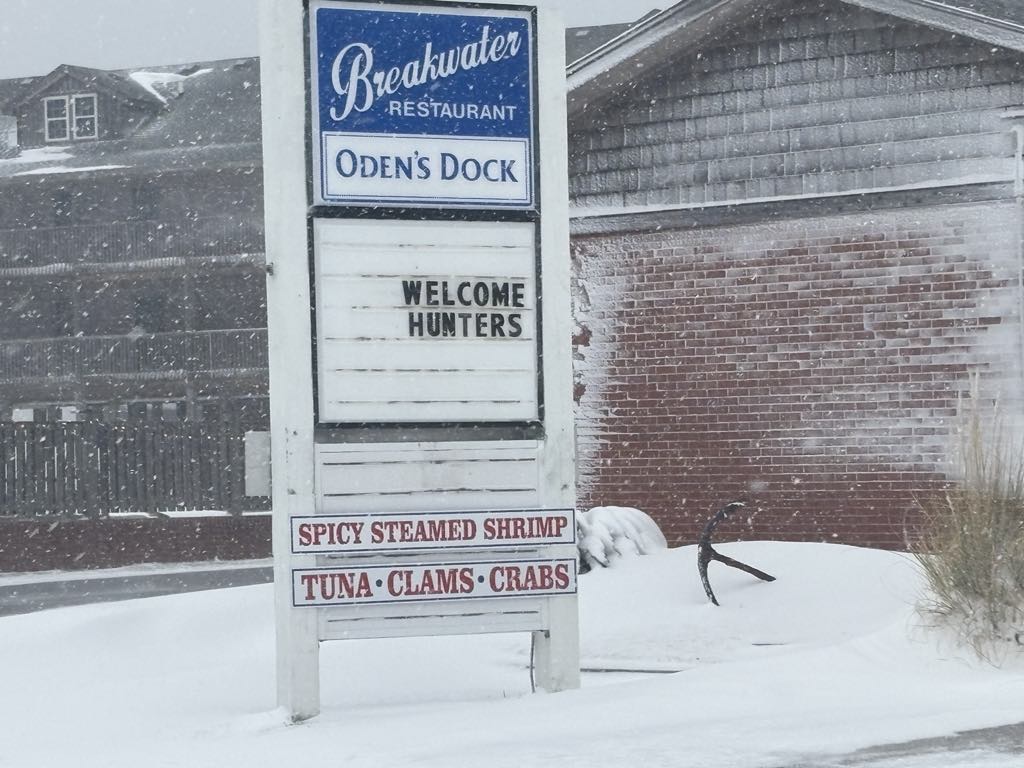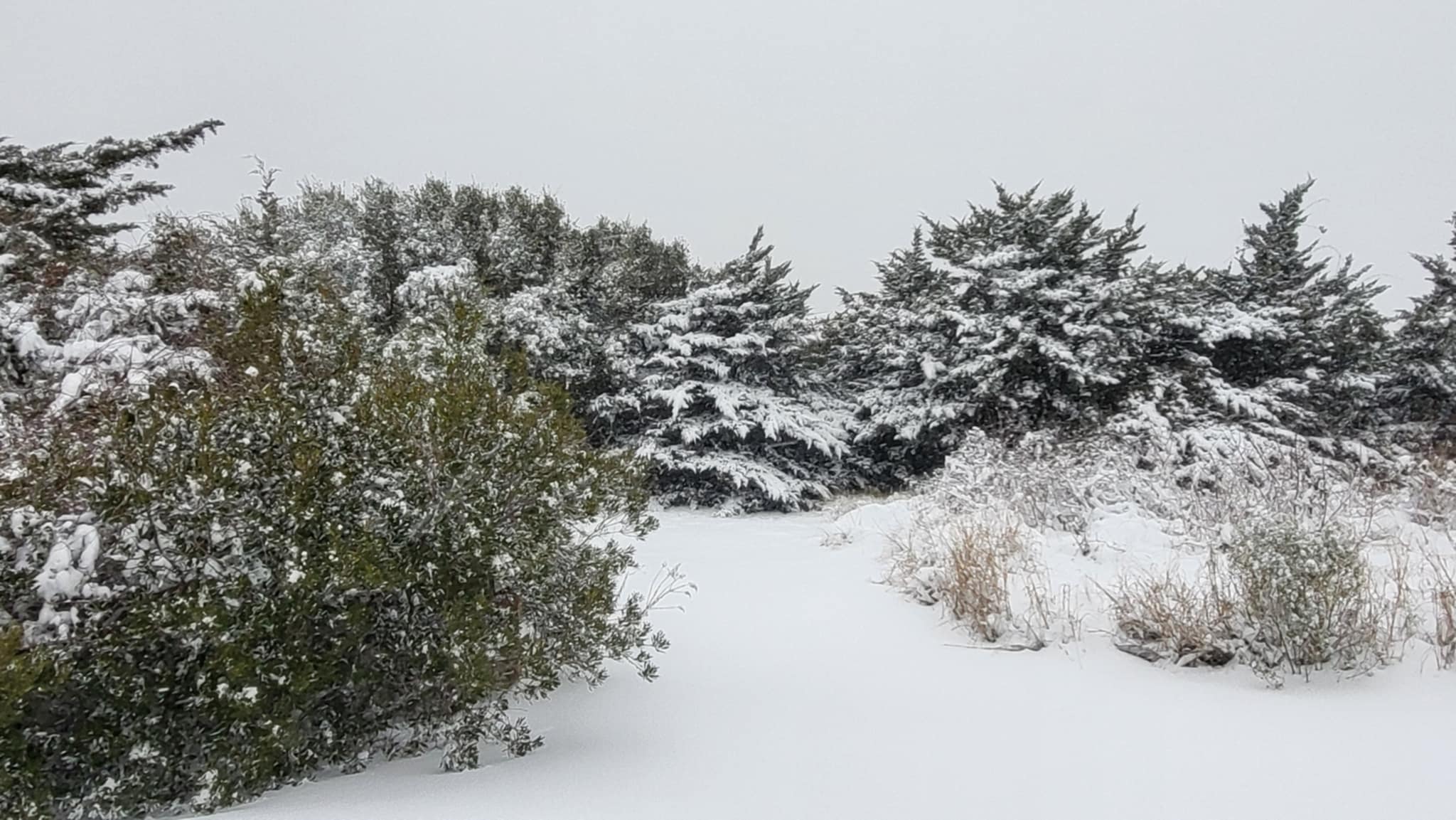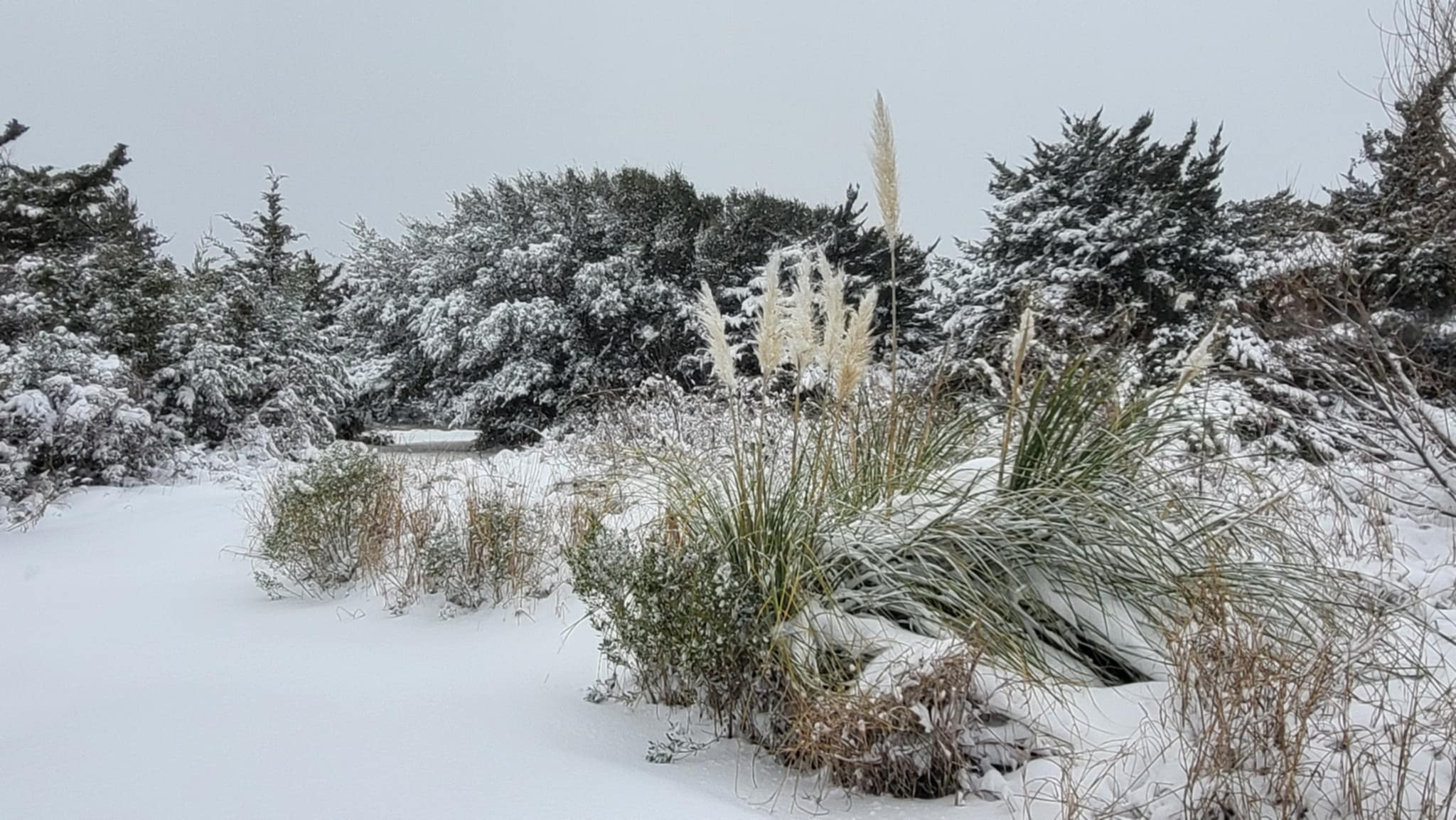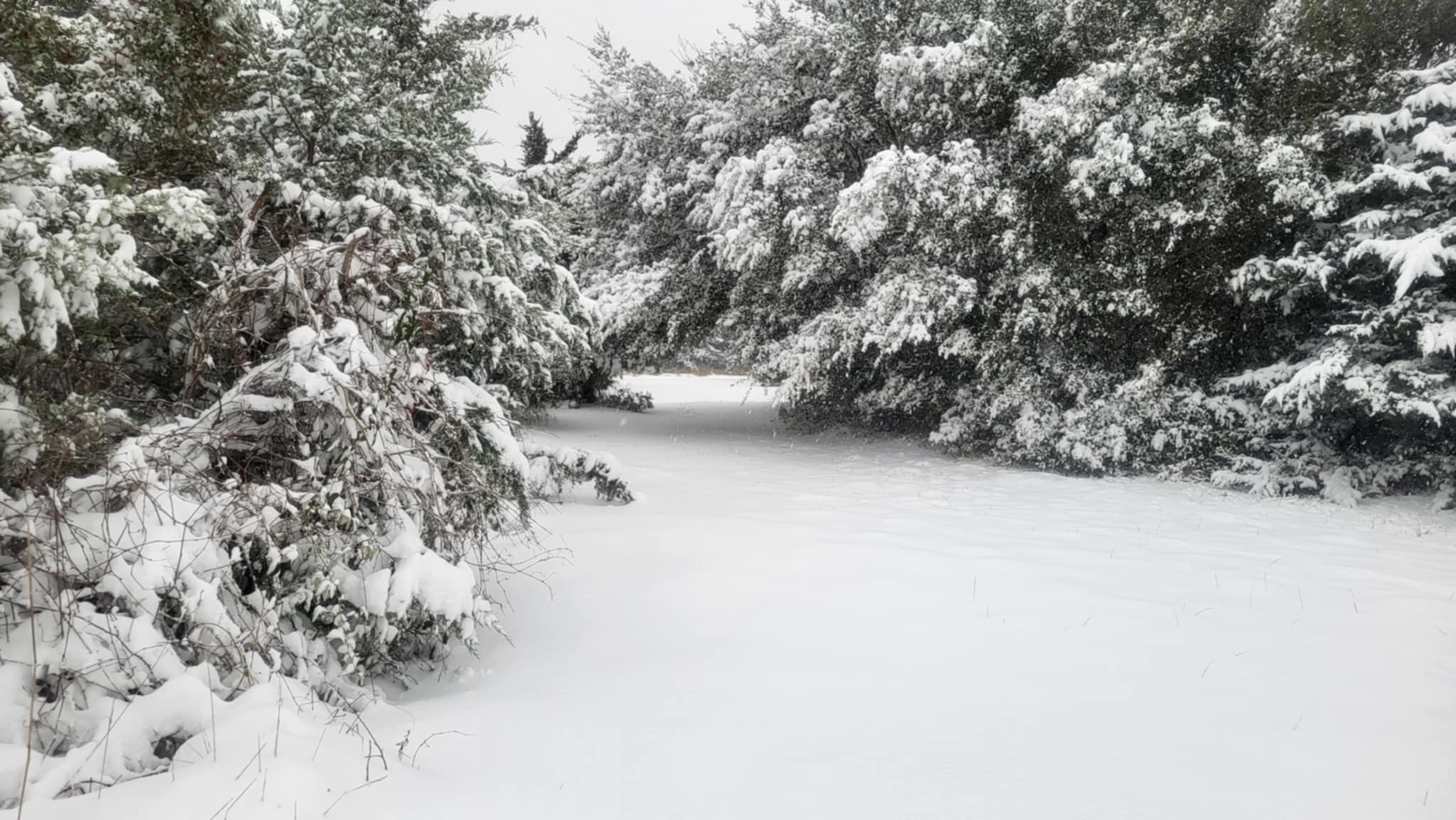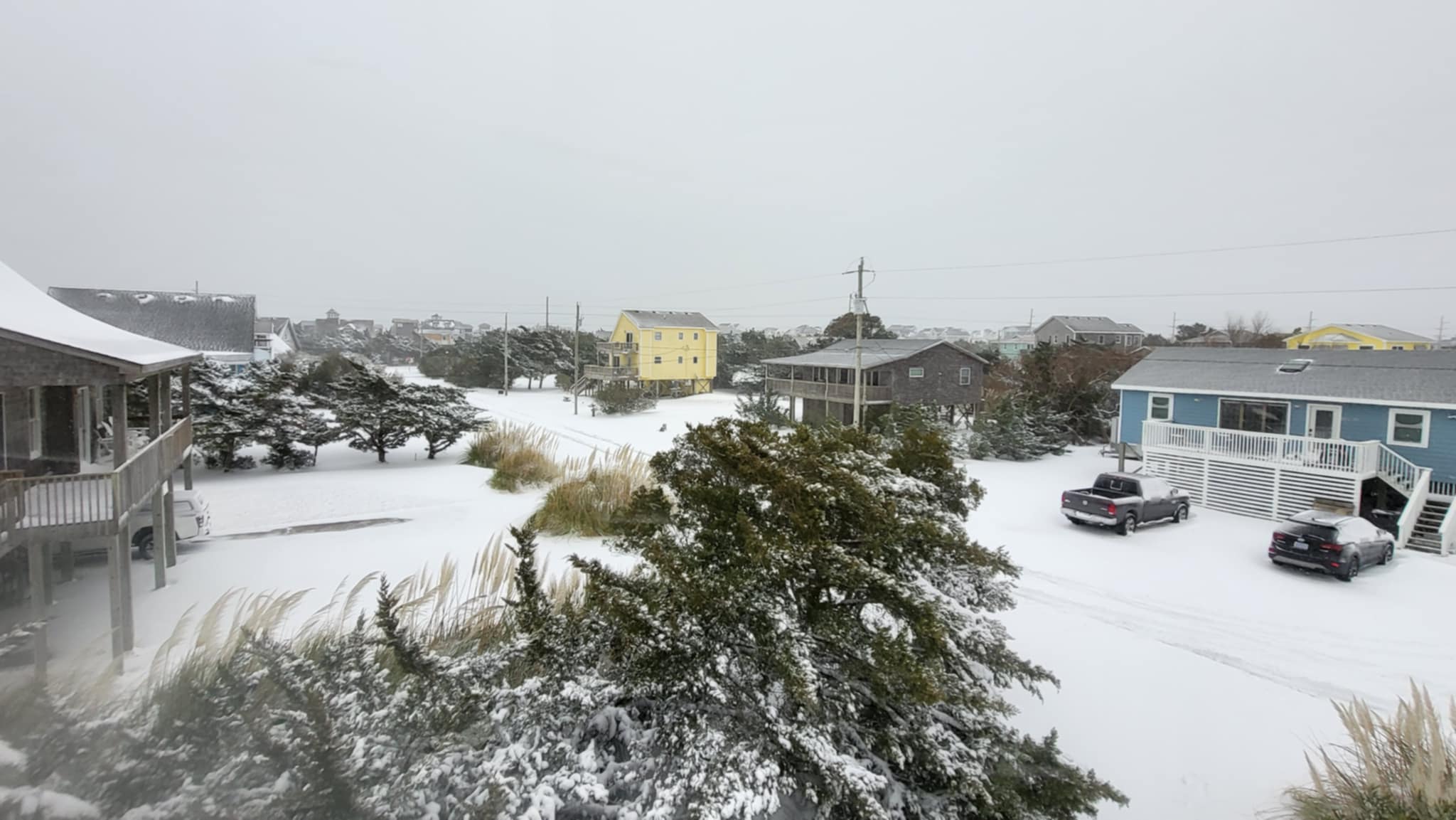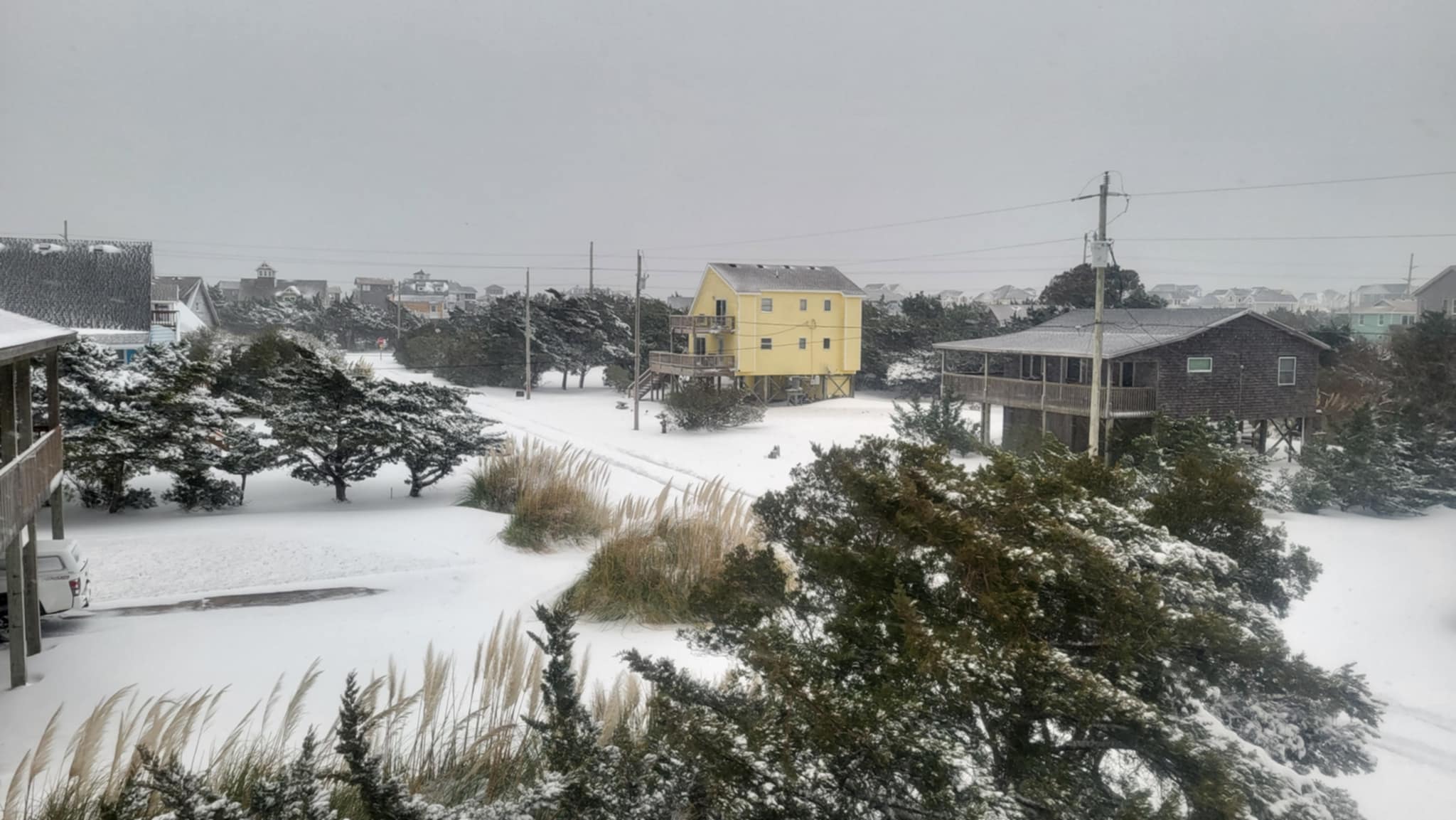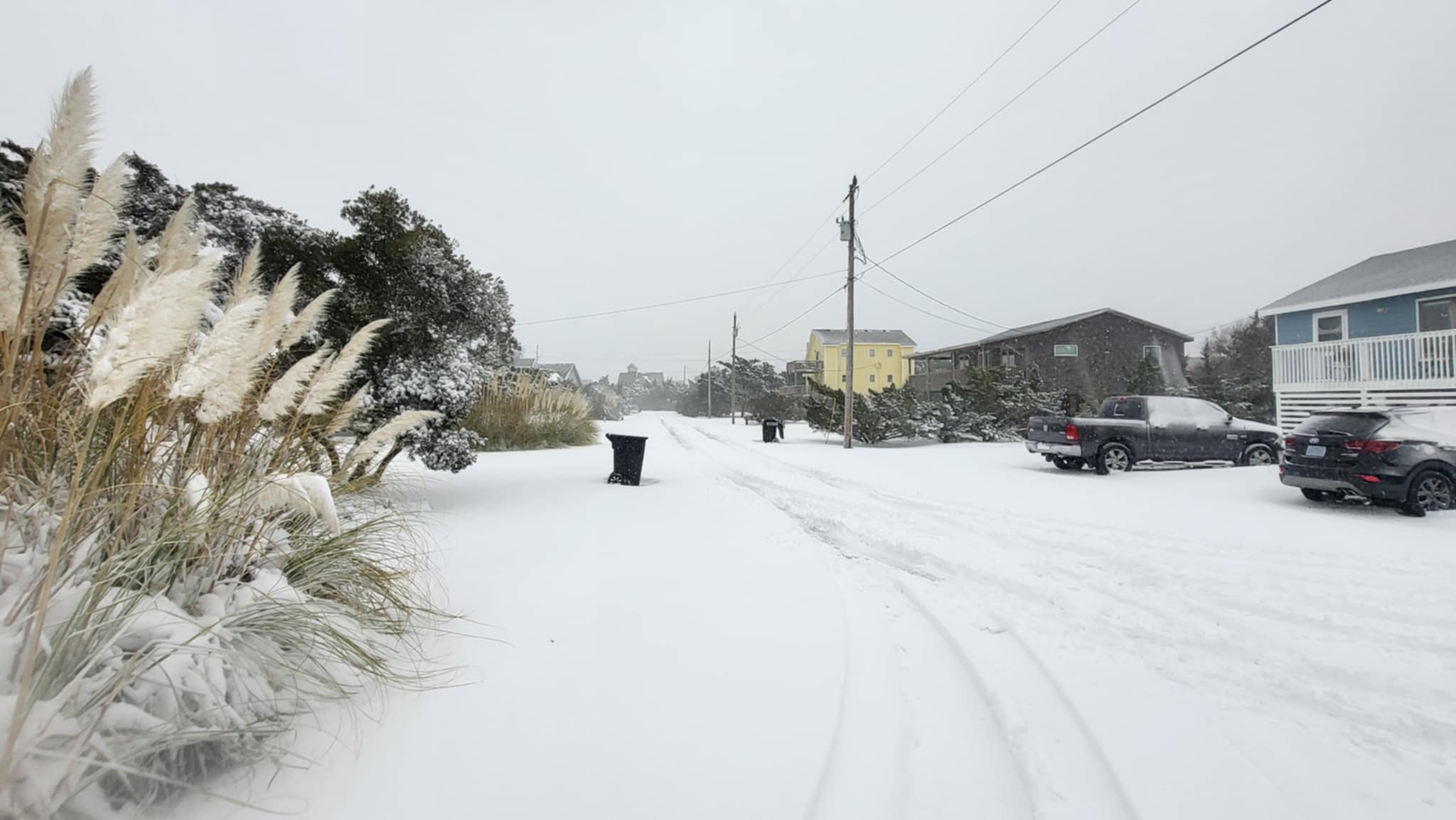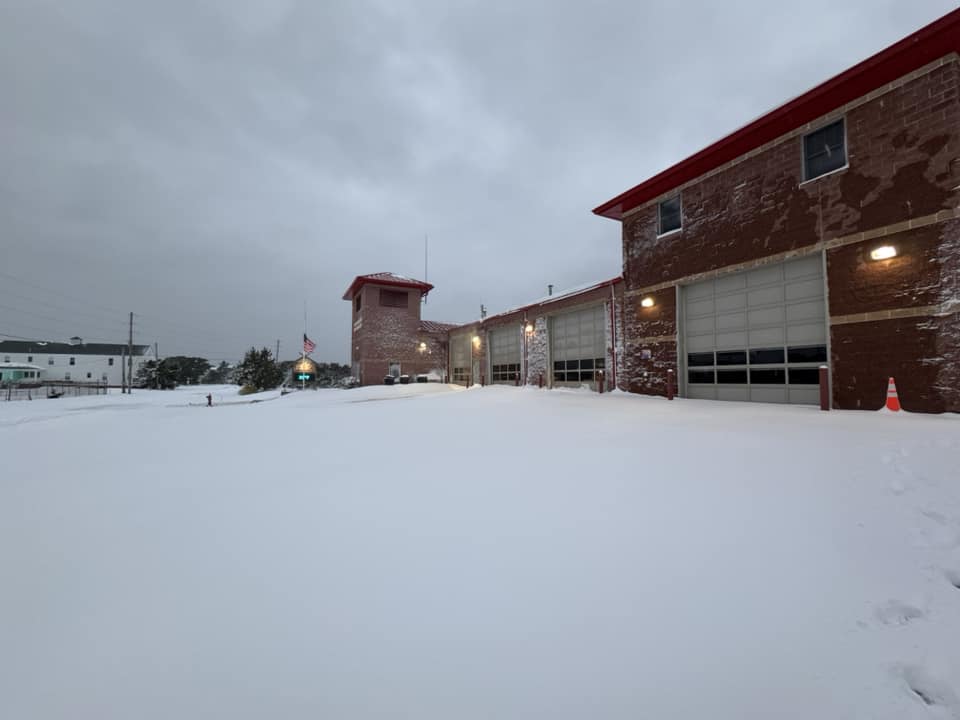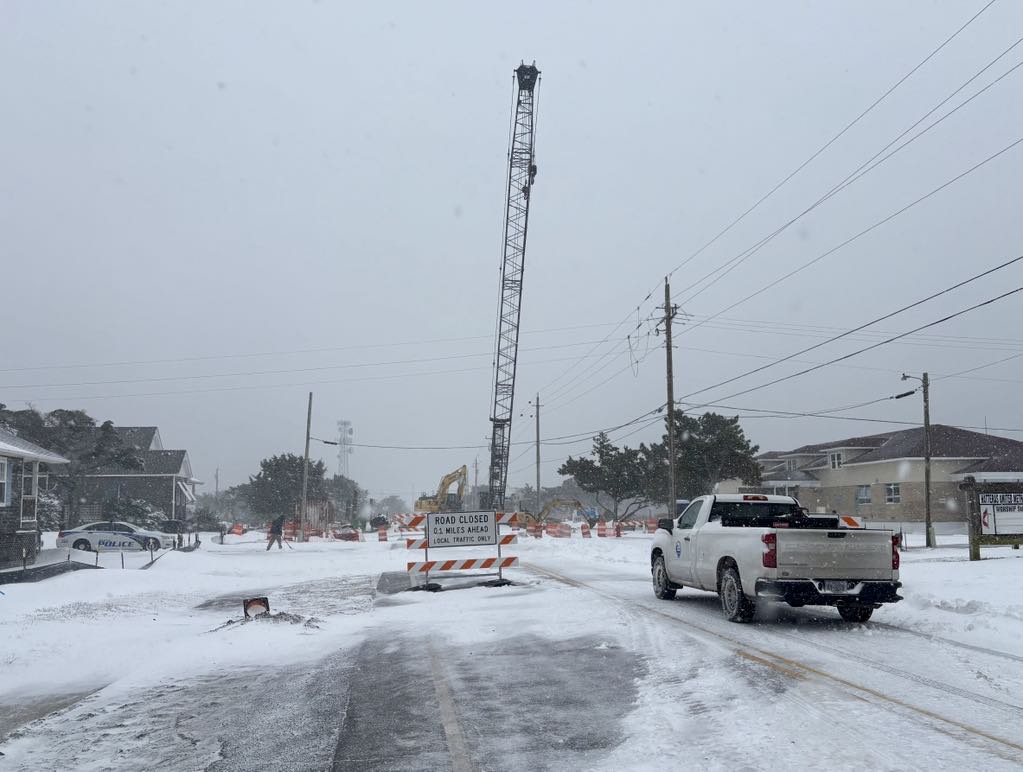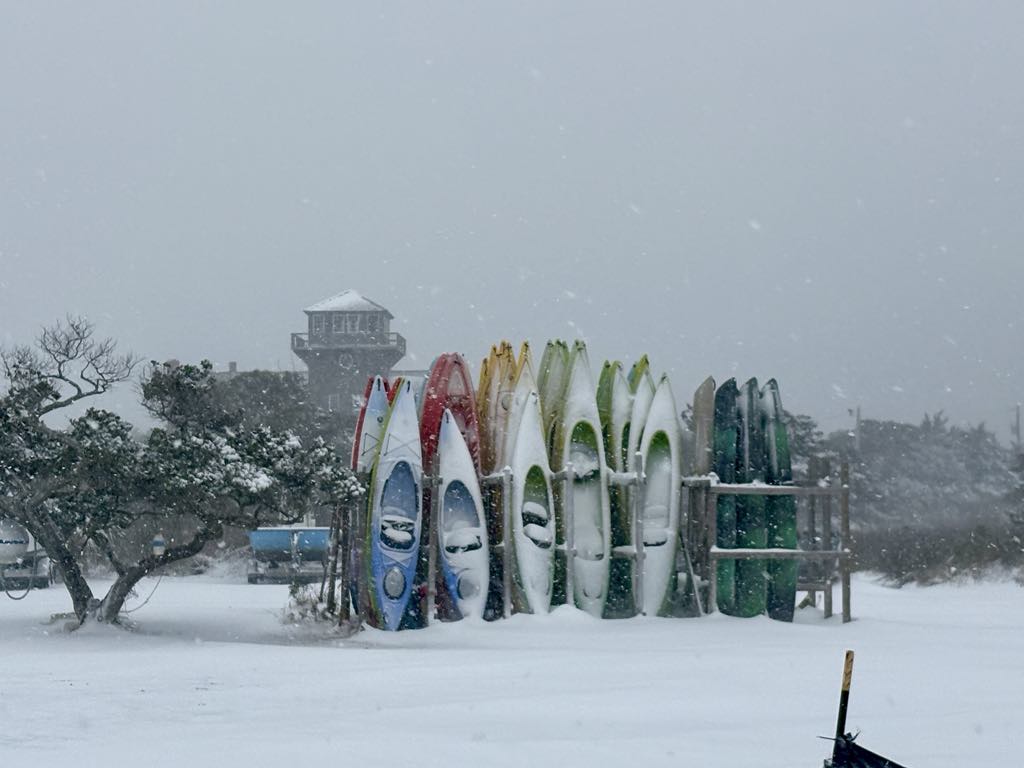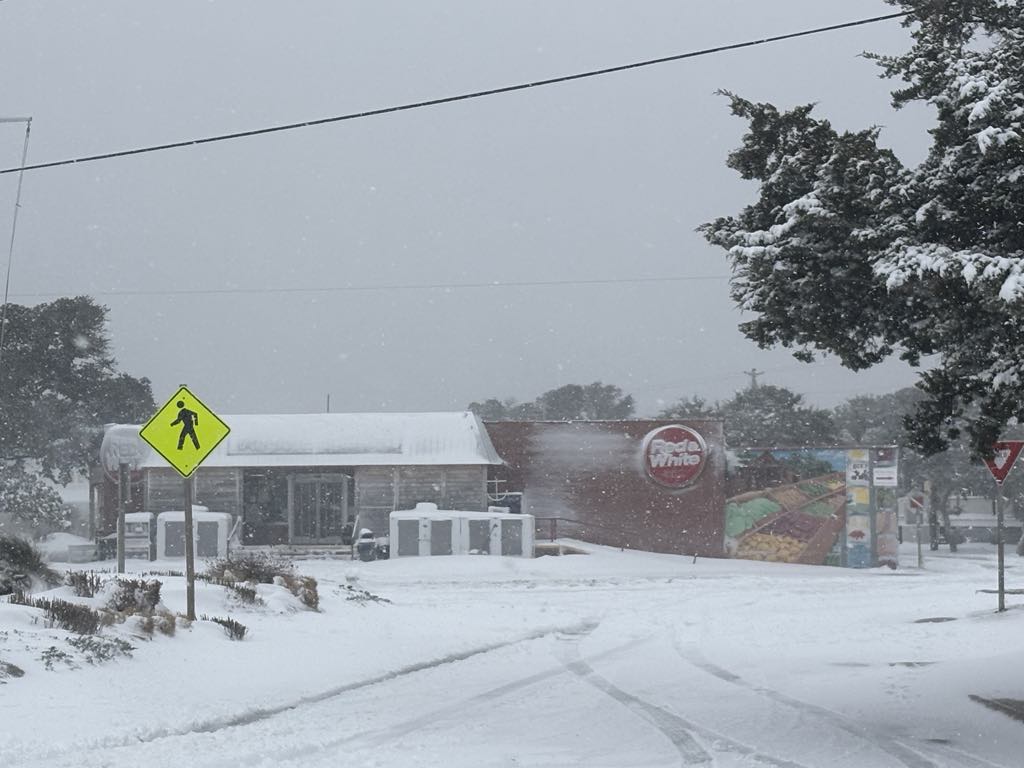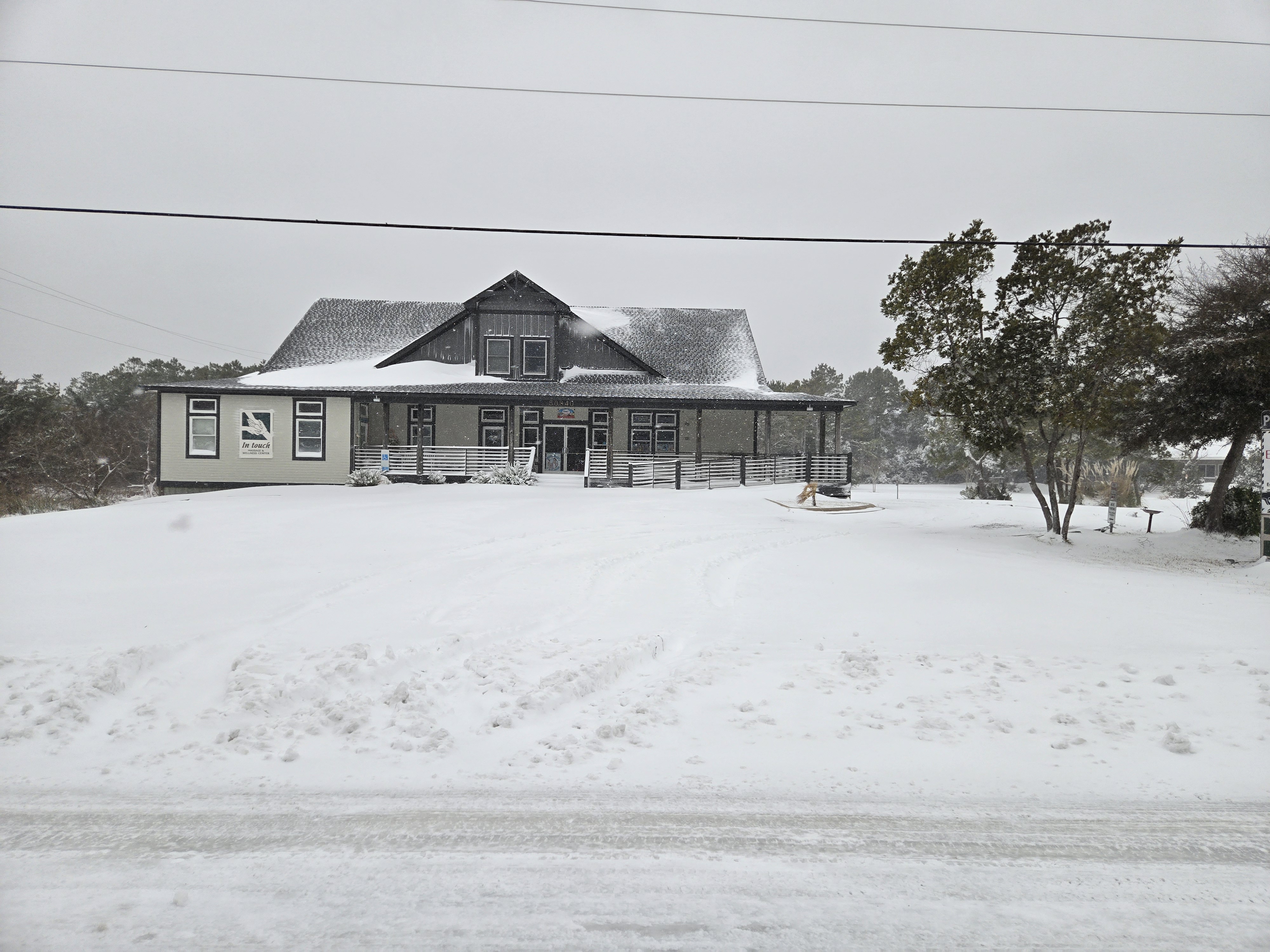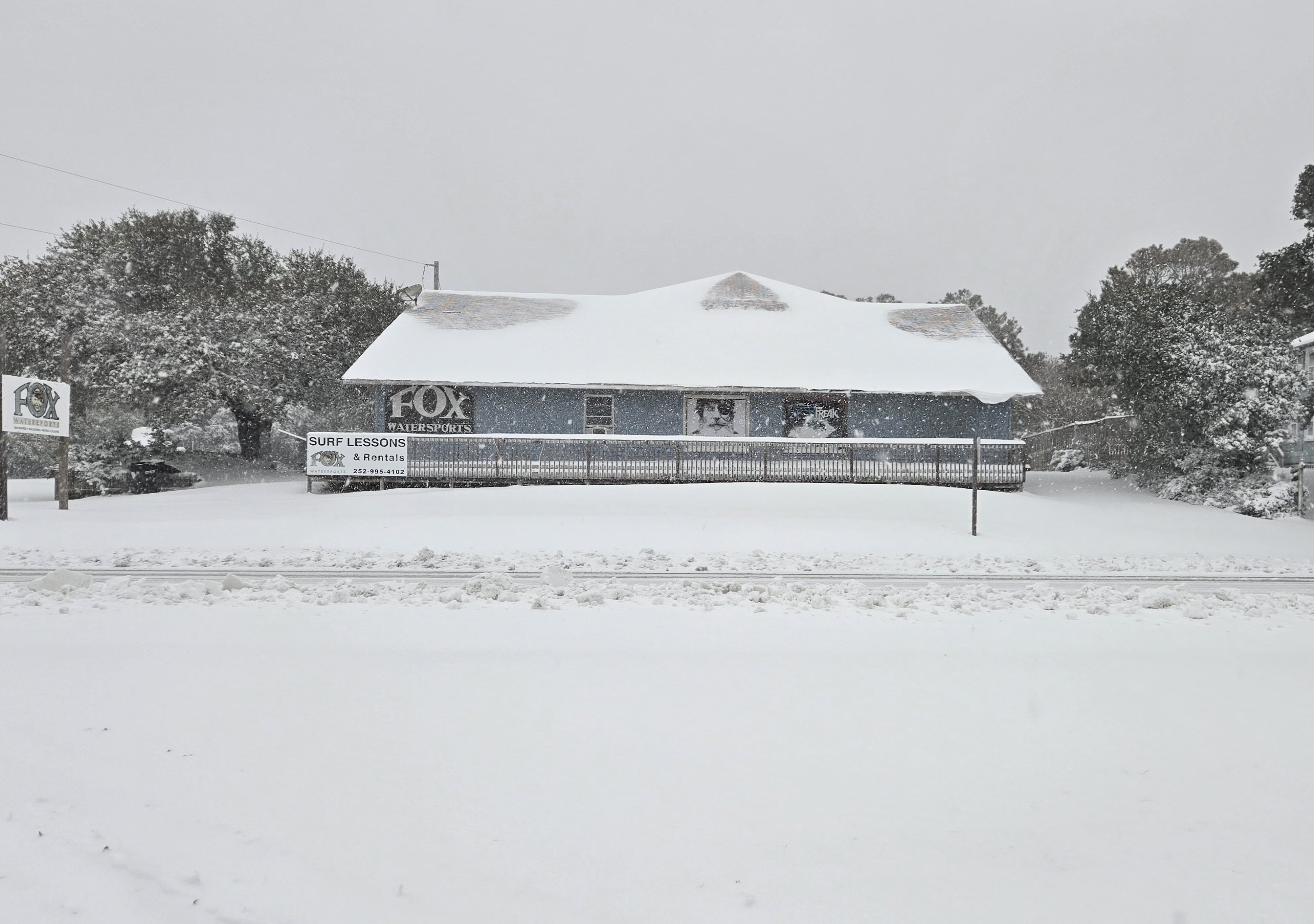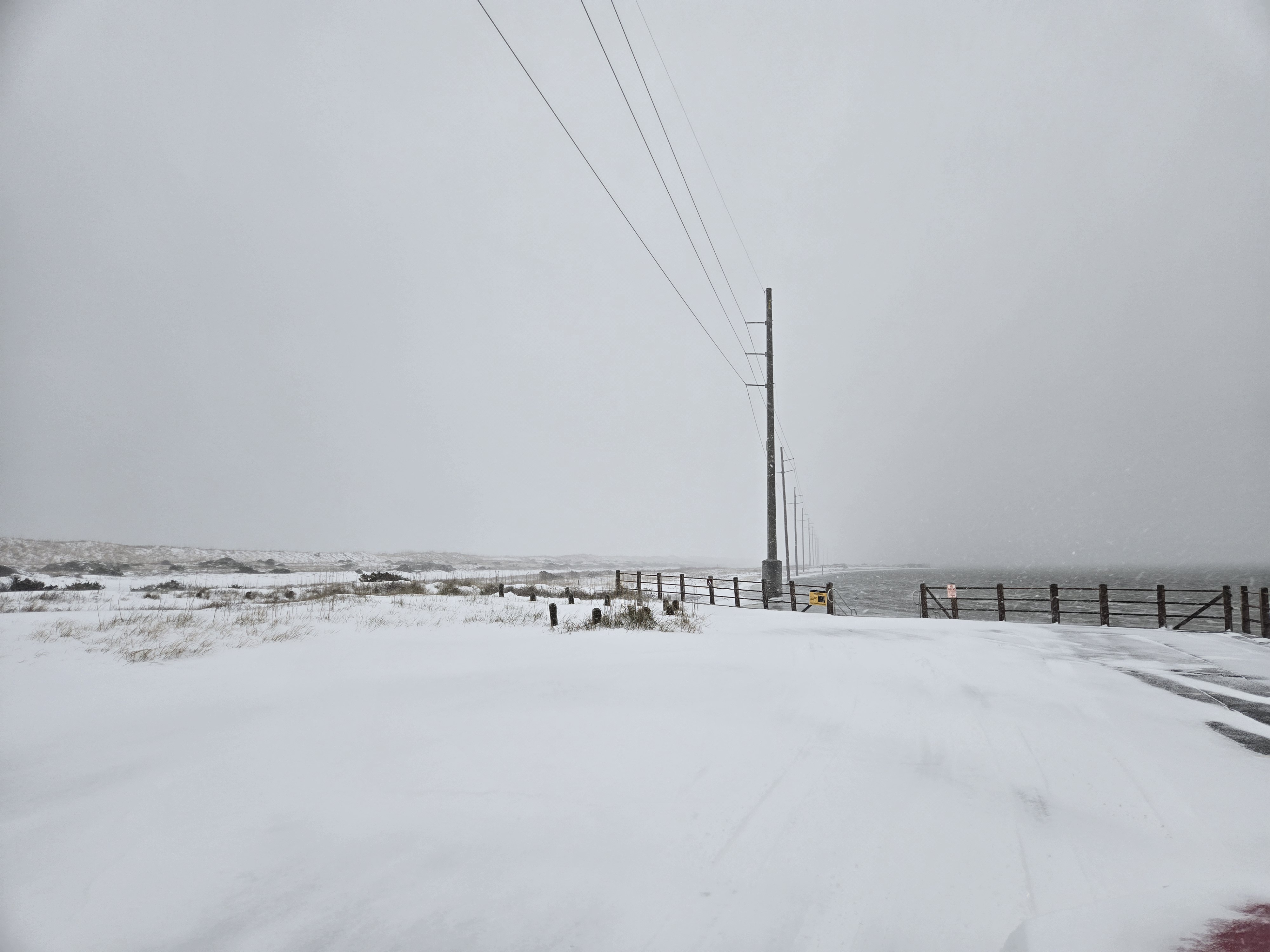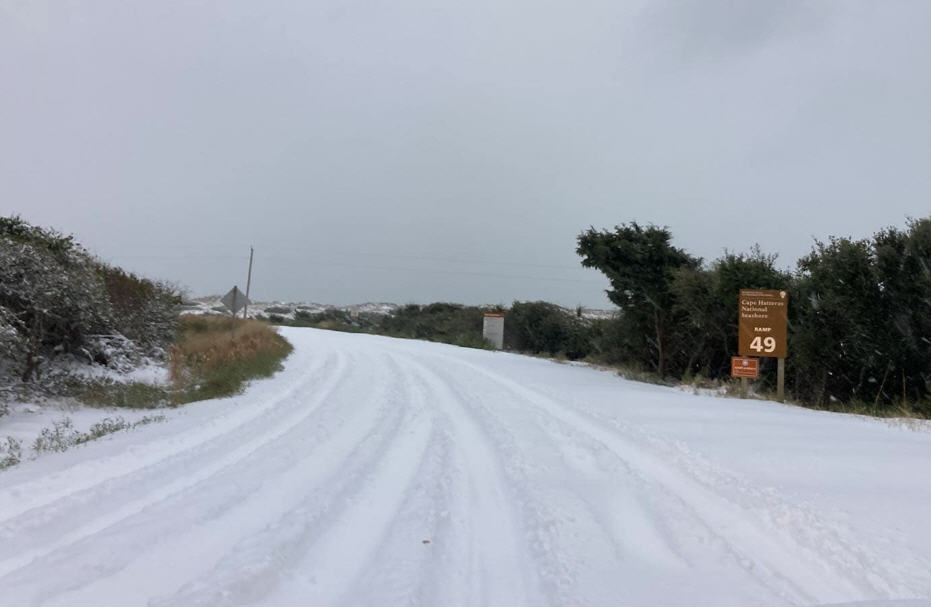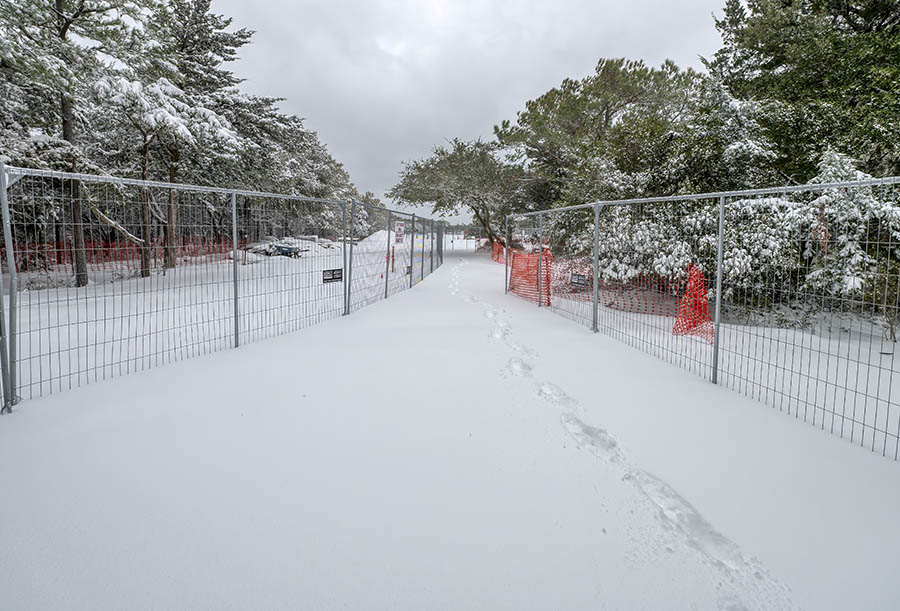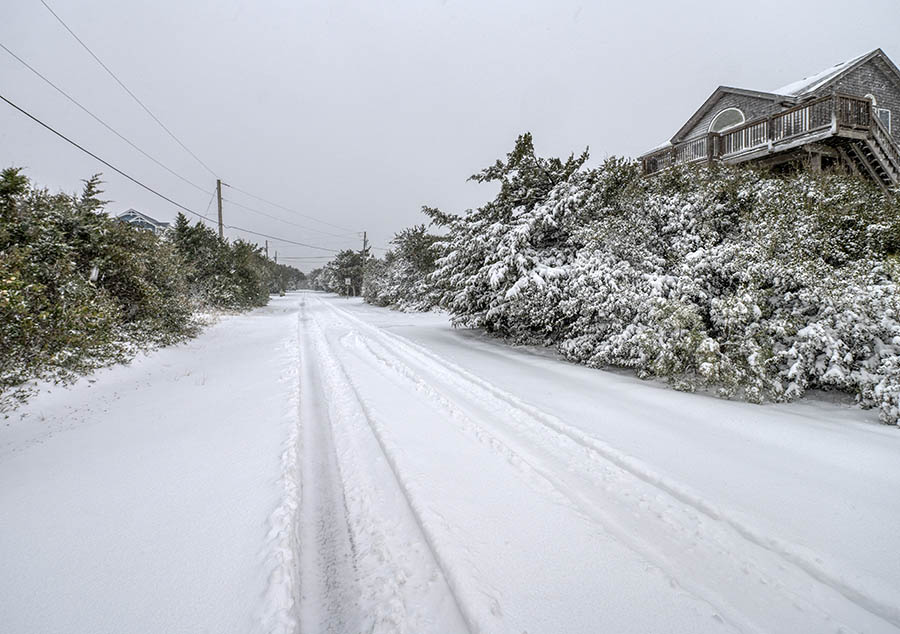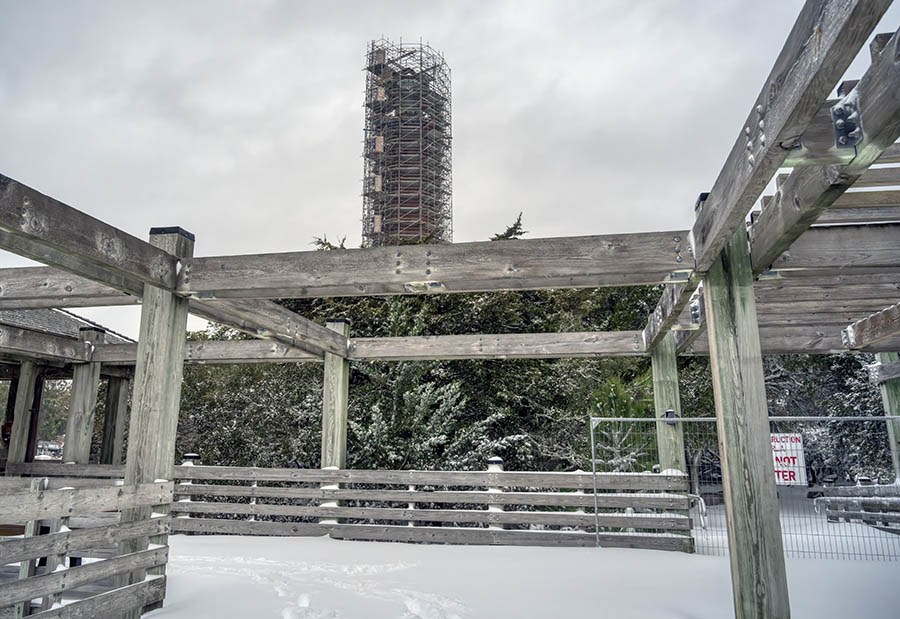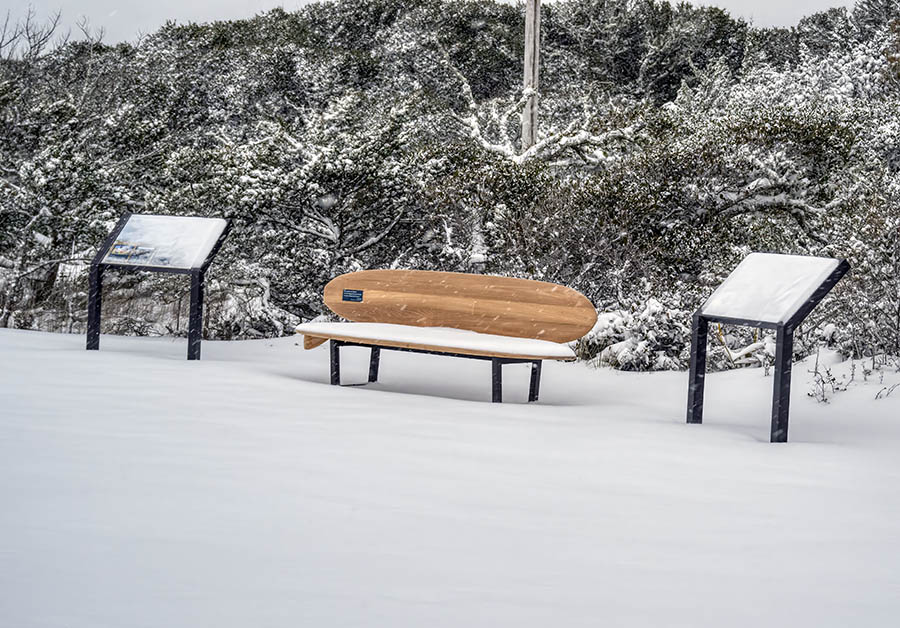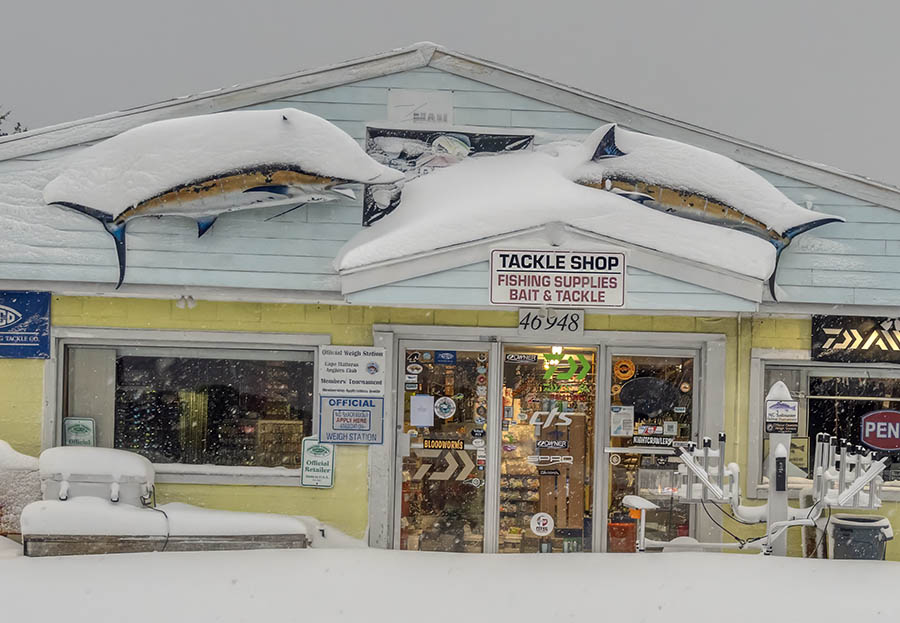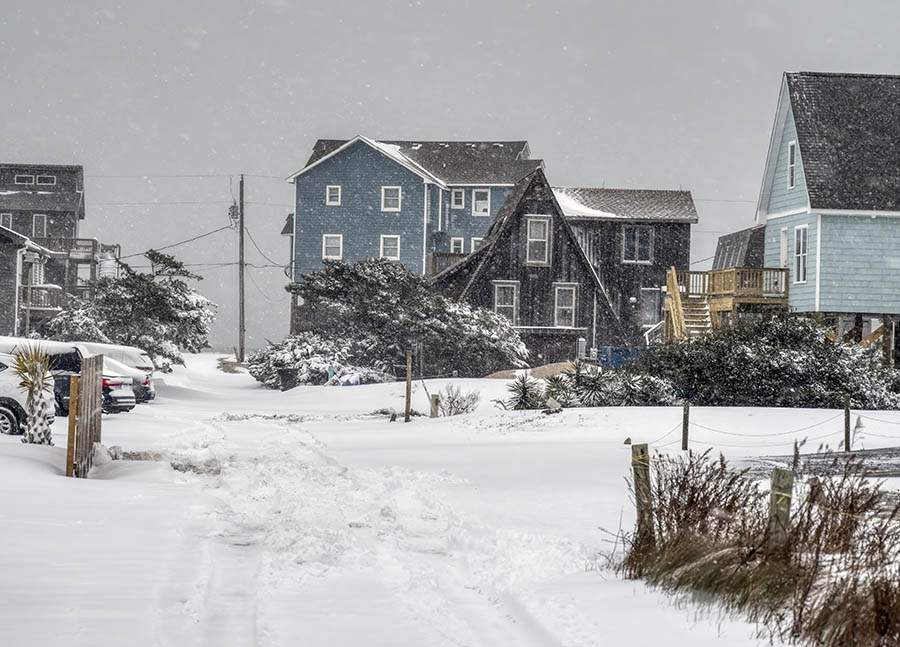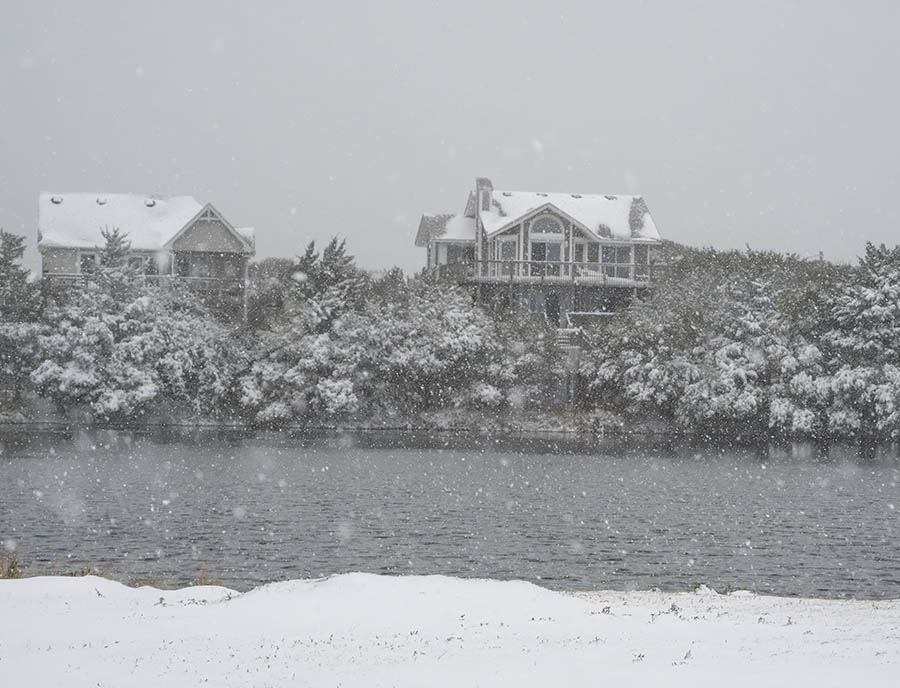‘Hook, Line, and Hatteras’ tells the history of charter fishing on the Outer Banks By JORDAN TOMBERLIN
By JORDAN TOMBERLIN
By JORDAN TOMBERLIN
Last Friday, Aug. 10, a team of six designers, fabricators, curators, and archivists from the North Carolina Maritime Museum system wrapped up the bulk of their work on the Graveyard of the Atlantic Museum’s newest exhibit—“Hook, Line, and Hatteras: Charter Fishing on the Outer Banks.”
The exhibit is the result of years of planning and preparation and, once fully completed, will celebrate the history of recreational fishing on the Outer Banks and will focus particularly on charter fishing in Hatteras.
“We’ve been planning this for a long time,” said museum director Joe Schwarzer. “The history of fishing is integral to the history of the Outer Banks.”
Mike Carraway, the exhibits curator for the North Carolina Maritime Museum System, said that the exhibit fits perfectly with the overall mission of the museum system—to preserve the culture of Eastern North Carolina’s maritime history. He added that, with this exhibit in particular, they had a unique opportunity, through the cooperation of volunteers and local fishermen, to tell what is essentially a truly Hatteras story.
Indeed, many of the artifacts and photos that comprise the exhibit have been donated or loaned to the museum by local fishermen and their families, and the stories they represent have been lovingly preserved by generations of islanders.
Both Schwarzer and the design team noted that one local couple in particular, Ernie and Lynne Foster, have been integral to the exhibit, providing original artifacts—such as flags, tackle, electronics, and the rod and reel on which the world-record blue marlin was caught—and sharing information and stories that illuminate the history and significance of recreational fishing.
In a bit of serendipity, the completion of the exhibit coincides with the 75th anniversary of the Albatross Fleet, which was started by Ernie Foster’s father, Ernal, in 1937 and ushered in the era of charter fishing in Hatteras.
The exhibit itself, though, does not merely tell the story of the Albatross Fleet. Instead, it attempts to chart the development of recreational fishing over the course of the past century or so.
It begins around 1900, providing a snapshot of what life was like in Hatteras before the bridge and the subsequent advent of the tourist industry—a time when the island was characterized by near total isolation and fishing was not so much a sport as it was a necessity.
The exhibit then depicts the transition from sail to motor power, a move which allowed fishermen to go offshore in a more scheduled and regulated way and helped pave the way for the development of a fishing industry.
It also shows museum-goers what Hatteras was like in the 1930s—a time when the nascent charter fishing industry was supported by only the most intrepid of adventurers, those who had the will and the means to brave the Oregon Inlet ferry and travel 50 or so sandy miles into Hatteras village.
It follows the development of charter fishing from those early adventures to the 1950s, when charter fishing began in earnest, to its tournament heyday, to its current incarnation.
Along the way, viewers will find artifacts and images that not only serve to authenticate and underscore the story of recreation fishing on the Outer Banks, but also to ground that history in the local experience.
As Schwarzer noted, fishing has been an integral part of Hatteras Island’s history for 400 years, and it continues to be an important part of the island’s economic and cultural identity. He added that, “one of the things we’re hoping this exhibit will do is get other local people to tell their stories.”
There are, of course, many reasons to preserve such artifacts and collect such stories. One of those reasons is that, according to Schwarzer, the history of fishing on the Outer Banks will feature prominently in the museum’s permanent exhibits.
“Hook, Line, and Hatteras” is a temporary exhibit, meaning it will likely stay up for a couple of years. However, the story of fishing on the Outer Banks will be a permanent part of the Graveyard of the Atlantic Museum experience—it will be told over and over again, from different angles, featuring different aspects—throughout the museum’s permanent exhibits.
As Schwarzer pointed out, charter fishing “is only part of the story.”
It is, however, the most visible and accessible part of the story for visitors and tourists alike, and so it is the first part of the story that will be told at the museum.
Though the crew from the Maritime Museum system has a few finishing touches to put on the exhibit—there are a few more items coming in and a few more plaques and identification cards that need to be mounted—the exhibit is currently open to museum visitors.
Schwarzer said that a formal opening is in the works, though the museum has not set a date for that event at this time.
The Graveyard of the Atlantic Museum is open Monday through Saturday from 10 a.m. to 4 p.m. Admission is free, though donations are greatly appreciated.
For more information on the Graveyard of the Atlantic Museum, you can call (252) 986-2995, visit their website at http://www.graveyardoftheatlantic.com/, or follow them on Facebook and Twitter.








